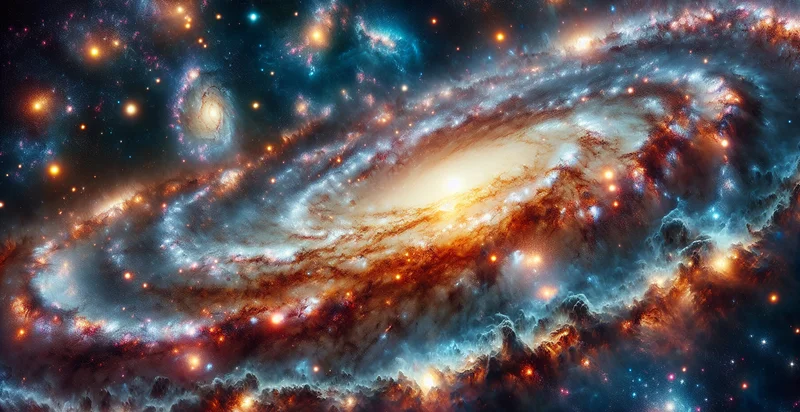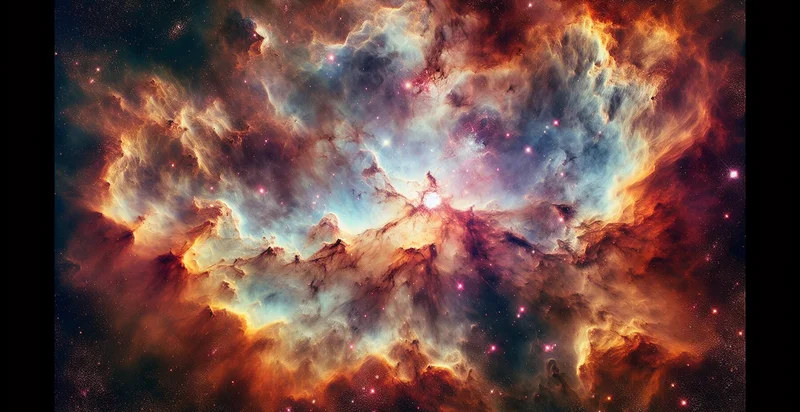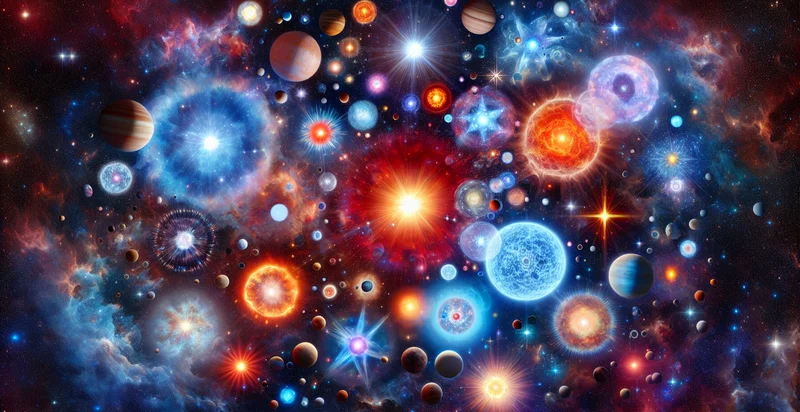Identify galaxies
using AI
Below is a free classifier to identify galaxies. Just upload your image, and our AI will predict what type of galaxy it is - in just seconds.

Contact us for API access
Or, use Nyckel to build highly-accurate custom classifiers in just minutes. No PhD required.
Get started
import nyckel
credentials = nyckel.Credentials("YOUR_CLIENT_ID", "YOUR_CLIENT_SECRET")
nyckel.invoke("galaxies", "your_image_url", credentials)
fetch('https://www.nyckel.com/v1/functions/galaxies/invoke', {
method: 'POST',
headers: {
'Authorization': 'Bearer ' + 'YOUR_BEARER_TOKEN',
'Content-Type': 'application/json',
},
body: JSON.stringify(
{"data": "your_image_url"}
)
})
.then(response => response.json())
.then(data => console.log(data));
curl -X POST \
-H "Content-Type: application/json" \
-H "Authorization: Bearer YOUR_BEARER_TOKEN" \
-d '{"data": "your_image_url"}' \
https://www.nyckel.com/v1/functions/galaxies/invoke
How this classifier works
To start, upload your image. Our AI tool will then predict what type of galaxy it is.
This pretrained image model uses a Nyckel-created dataset and has 41 labels, including Andromeda, Bat, Black Eye, Cartwheel, Cloud, Elephant Trunk, Lockman, M81, M82 and Mice.
We'll also show a confidence score (the higher the number, the more confident the AI model is around what type of galaxy it is).
Whether you're just curious or building galaxies detection into your application, we hope our classifier proves helpful.
Related Classifiers
Need to identify galaxies at scale?
Get API or Zapier access to this classifier for free. It's perfect for:
- Astronomy Research Enhancement: This function can aid astronomers in classifying and cataloging galaxies based on their shapes and features. By automating the identification process, researchers can save time and focus on deeper analysis of cosmic phenomena.
- Educational Tools for Science Curriculum: Schools and universities can integrate this image classification function into their curricula to teach students about galaxy types and morphology. Interactive educational programs can enhance engagement and understanding of astronomy topics.
- Automated Space Telescope Data Analysis: Space missions often generate vast amounts of imagery from telescopes. This function can process and classify these images in real-time, allowing scientists to prioritize their observations and efficiently analyze new findings.
- Sky-monitoring Apps for Amateur Astronomers: Mobile applications for stargazers can utilize this function to help users identify galaxies while observing the night sky. It would enhance the amateur astronomy experience and foster a greater appreciation for the universe.
- AI-driven Astronomy Data Marketplaces: Platforms that aggregate astronomical data can implement this image classifier to provide users with curated datasets of galaxy images. This service can generate revenue from educational institutions and research organizations looking for quality data.
- Enhanced Astronomy Visualization Software: This function can be embedded into astronomy visualization tools to offer users detailed classifications of galaxies alongside visualization features. Users can explore galaxy distribution and types more interactively, making complex data more accessible.
- Public Engagement in Astronomy: Planetariums and science centers can use this function in interactive exhibits to engage the public. By allowing visitors to classify galaxy images, these organizations can inspire curiosity and interest in astronomy and science as a whole.


